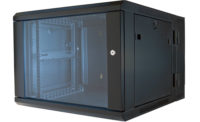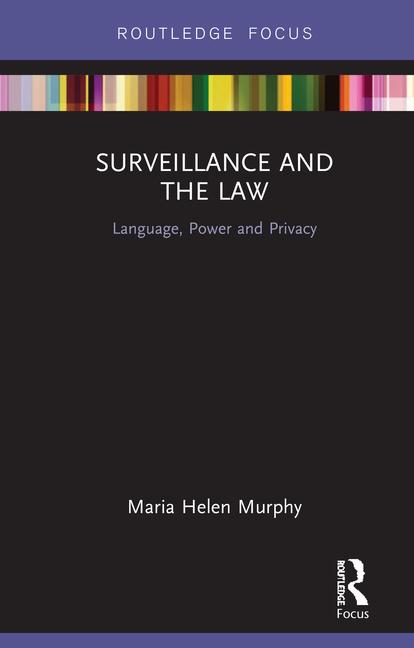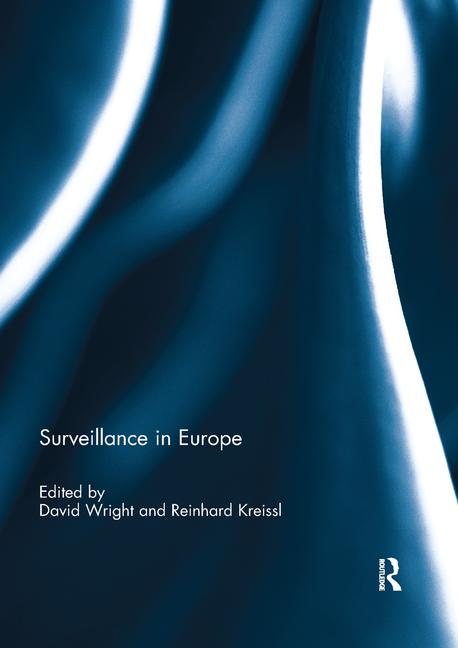UL Works to Develop Video Performance Standard

The development of a new UL standard is in the works, and some would say the surveillance industry has long needed it. Video camera performance specifications often are contentious because there is not a standard on which to base those specifications. A camera manufacturer could publish specs based on their own tests, which the camera may or may not live up to, and an integrator or end user would have to take them at their word — or not.
Underwriters Laboratories expects to launch UL 2802, the industry’s first digital video security camera standard, and begin initial certifications in December 2012. “It will be the first of many we’ll have in this digital space,” says Robert Jamieson, Ed.D., general manager, Life Safety & Security Industry, UL LLC, Northbrook, Ill. Related standards in the future could include things such as video analytics and video signal transmission, among others.
A way to think of UL 2802, Jamieson says, is that each camera will be tested to a category classification and a performance level, which offers a cumulative performance score as a result of the test score.
“It looks at the performance characteristics of digital video cameras — in this case just the capture of information at the source,” Jamieson emphasizes. “You could have a fixed focus, variable focus, and zoom lens classification. Then a performance level is based on a scoring matrix. You could have a 5, 4, 3, 2 or 1. Your camera would fall into a category and then a performance level. The combination of the category classification and the performance level will indicate that the cameras meet a certain requirement.”
Some of the performance characteristics include: image sharpness, field-of-view, signal to noise ratio, TV distortion, relative illumination, color fidelity, dynamic range, maximum frame rate, gray level, sensitivity, bad (defective) pixel, veiling glare, and several other things such as housing, tamper protection and markings.
Some industry professionals may be familiar with UL 60950, a listing currently held by some cameras. Jamieson explained that UL 60950 is a fire/shock standard; while UL 2802 also includes the fire/shock hazard in its listing, the main purpose of UL 2802 is performance. “We so far have had a fairly warm reception from the community,” he comments. “We’re looking at a relatively inexpensive and quick turnaround time.”
Jamieson says that UL is in the process of forming a standards technical panel that will include members from manufacturing companies, academia, and government. One member, Steve Surfaro, security industry liaison at Axis Communications Inc., Chelmsford, Mass., gives further insight into the role that the standard will have in the industry.
“From the Security and Signaling division at UL LLC comes a new ‘Standard for Safety for Performance Characteristics for Camera Testing.’ This ANSI-approved (American National Standards Institute) standard covers the safety evaluation and performance level testing of digital video cameras relative to standard image-capture parameters. It has been developed out of an industry need for performance-based tiered ratings of surveillance device imaging,” Surfaro says.
He further explains how the standard will benefit systems integrators by guiding them as to the correct camera usage. “The standard will provide users and integrators guidance on approximate fit for a given user application and allow manufacturers to publish their camera image performance ratings on a tiered scale,” he says. – By Laura Stepanek, Editor
Looking for a reprint of this article?
From high-res PDFs to custom plaques, order your copy today!









